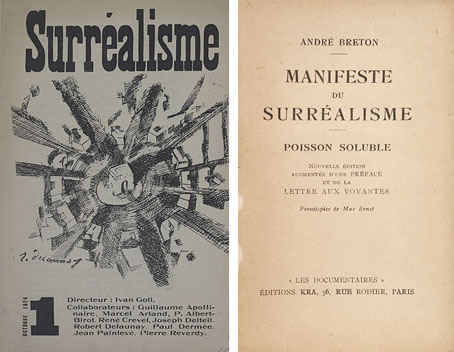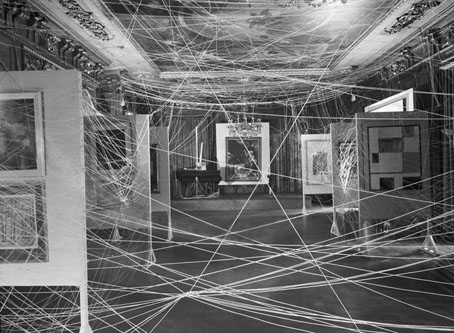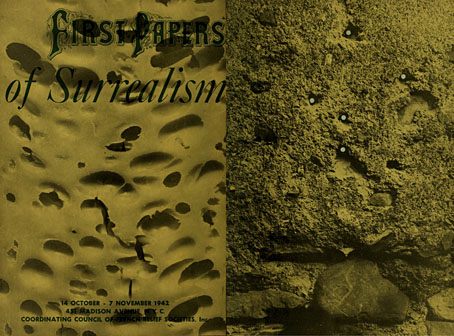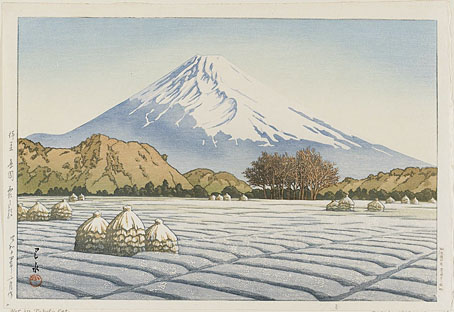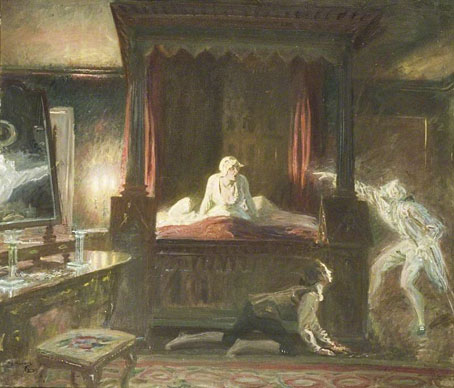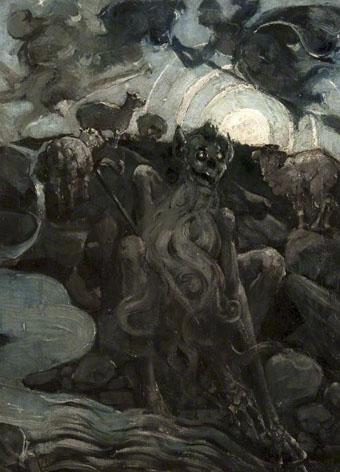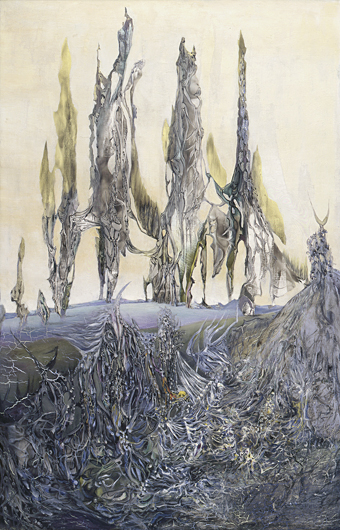
Les Étrangers (1937) by Wolfgang Paalen.
• “I was picturing Monty Python’s spoof Pasolini cricket film The Third Test Match, a man frantically rubbing his groin with a cricket ball.” Paul Gallagher writing about the time that Kenneth Anger wanted to make a film about cricket.
• The week in deserts: This camera is taking a 1,000-year-long exposure photo of Tucson’s desert landscape; Explore the surface of Mars in spectacular 4K resolution.
• At the Wired YT channel: puzzle-box maker Kagen Sound talks about the creation and operation of his amazing boxes.
• RIP Wayne Kramer, the MC5’s other incendiary guitarist. Here they are kicking out the jams on Beat-Club in 1972.
• National Gallery of Ireland acquires Harry Clarke artwork for national collection.
• At Bajo el Signo de Libra: The (mostly homoerotic) Italy photographed by Herbert List.
• New music: Fragmented by Parallel Worlds, and The Crystal Parade by Cate Brooks.
• At Wormwoodiana: Aquarius, Arcania, Arcturus: Exploring New Age shops.
• At Public Domain Review: Early modern blackwork prints.
• Sun In Aquarius (1970) by Pharoah Sanders | Aquarius (1998) by Boards Of Canada | Aquarius (2018) by Beautify Junkyards

